 Dear Customers,
Dear Customers,
We offer regular articles in 2021 about the plants and flowers of the seasons.
In order to confirm your interest in receiving these newsletters on plants and flowers of the seasons, do not hesitate to register here.
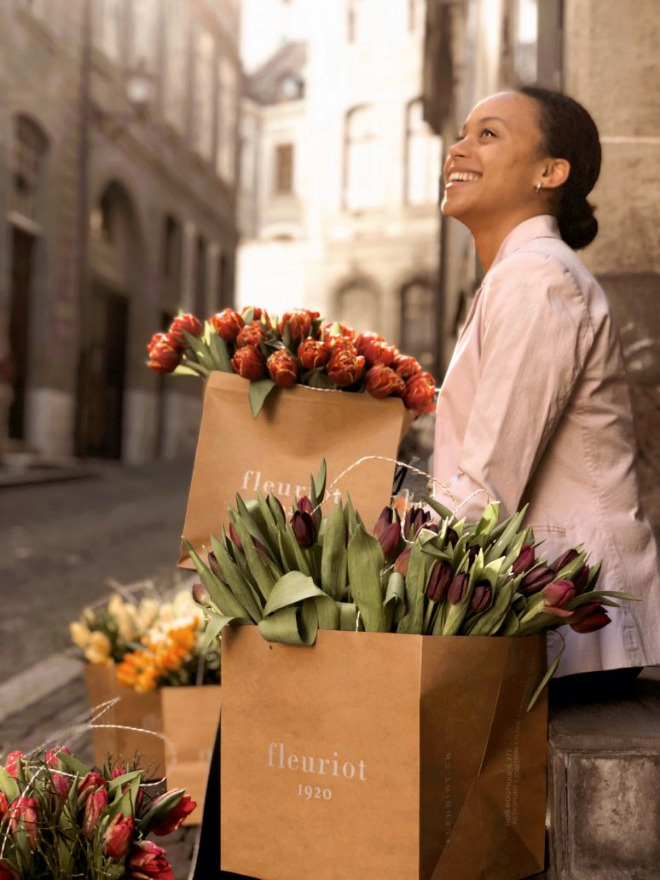
Tulips produced in Geneva
With these illustrations and explanations, you can discover the world of Genevan tulips
Also discover why Genevan tulips last longer in vase, and also why they are more expensive than Dutch tulips.
How is it going?
The producer of tulip bulbs is generally specialized in a few cultivars and makes sure to produce the best bulbs in a sandy soil. These lands are usually very close to the sea. Holland, Turkey, Chile and New Zealand are the main places where tulip bulbs are produced.
You should also know that Mexico consumes tulips all year round. This is why in Holland, horticulturists produce tulips for the cut flower all year round. They freeze the bulbs for almost 6 months to have a regular production.
These bulbs are prepared in large cold rooms with very precise temperatures in order to develop the new floral stems in the bulb.
The producer of Geneva therefore receives in box the dry bulbs already ready for forcing during the month of November. Then he plants the bulbs in crates with peaks to fix the bulbs as shown below. It fills the crates with salt water and places them for about three weeks at rooting.
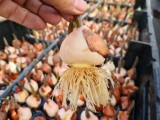
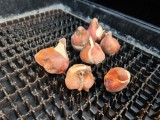

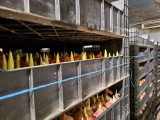
Once rooted, the plantings are placed in a greenhouse, heated at about 12-14°C for 3-4 weeks. Four to five times a day, tulips are watered with saline water. This water is recycled and treated with ozone to disinfect bacteria, or crop residues that could cause these same bacteria to develop.
Tulips do not require phytosanitary products because the crop is very short.
They must then be harvested twice a day, and packed in cold storage with their bulbs, even on Sundays.
Then they went through a machine that removes the bulbs, then kicked by ten pieces, ready for sale.
The storage of flowers in the fridge should not exceed 2-3 days to guarantee freshness to the consumer.
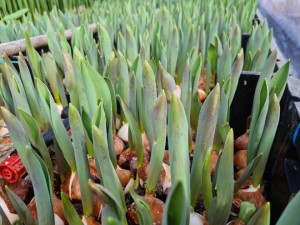
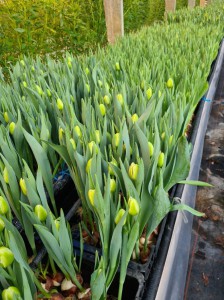
Some questions:
Why are Geneva tulips better than tulips from Holland?
Two important factors!
First of all, the Genevan producer buys quality bulbs, 12cm+ (instead of 9-10cm for the Dutch) and new varieties that are more expensive on the market.
Second factor is freshness. Indeed, Dutch tulips take several days between harvest to the store, as they pass through several intermediaries.
Why are tulips in Geneva more expensive?
Production in Geneva is not subsidized by the state, and wages in Switzerland are significantly higher than in the Netherlands. Due to a smaller market, production volumes are much lower, as a Geneva producer produces an average of 200 to 500,000 tulips from January to April. The size of the bulbs as well as the varieties also increase the cost.
How can I be sure to buy Genevoises tulips?
Simply by checking on the original packaging that they are labelled GRTA.
Fleuriot Fleurs guarantees the origin of more than 90% of tulips from Geneva. Only part of the tulips are purchased on the market to guarantee continuity of supply of all colors
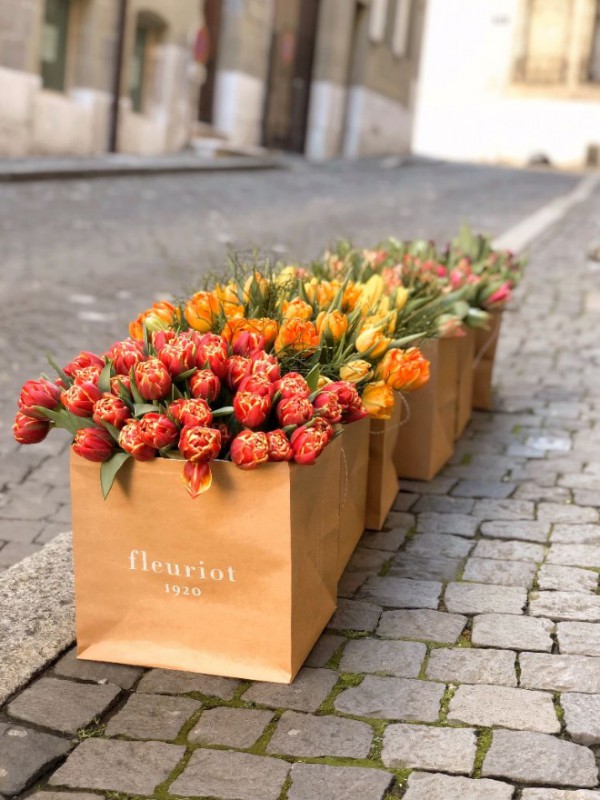
Give your friends a beautiful bouquet of tulips from Geneva with a transparent vase engraved Fleuriot 1920, so you prefer short circuits.
If you want to order, click here!
Would you like to visit a tulip production in Geneva? There are a few places left, register here

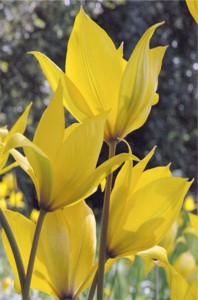
Did you know that?
In Geneva, wild tulips?
Yes, you read it right.
As surprising as it may seem, Geneva is home to its share of wild tulips. In fact, there are several species. The best known and most widespread of them is undoubtedly Tulipa sylvestris, the famous wild yellow tulip that is found in many parks and botanical gardens.
Introduced sometimes very old, its populations depend moreover more and more of these preserved environments so much its natural stations are today threatened by the picking and by the urbanism. Elsewhere, it is the vineyards that offer him a safe shelter. For this, they must be grown according to the precepts of organic farming. But when this is the case, what a godsend! It then took full advantage of it and constituted impressive colonies.
A little history
Originally cultivated in the Ottoman Empire (Turkey), tulips were imported to Holland in the 16th century.
When Carolus Clusius wrote his first major work on tulips in 1592, the flowers became so popular that his garden was stripped and the bulbs were stolen regularly.
The Dutch golden age developed at the same time as this flower with its curves and bright colors. Tulips appeared on paintings and in festivals.
By the middle of the 17th century, tulips were so popular that they created the first economic bubble known as Tulipe Mania (tulipomania). As people bought all the bulbs, they became so expensive that they were used as currency until the bulb market collapsed.
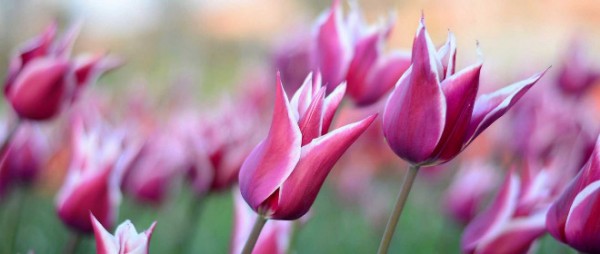
The whole Fleuriot team














 English
English




